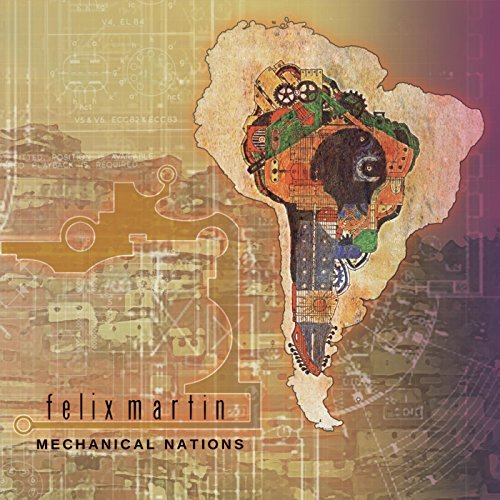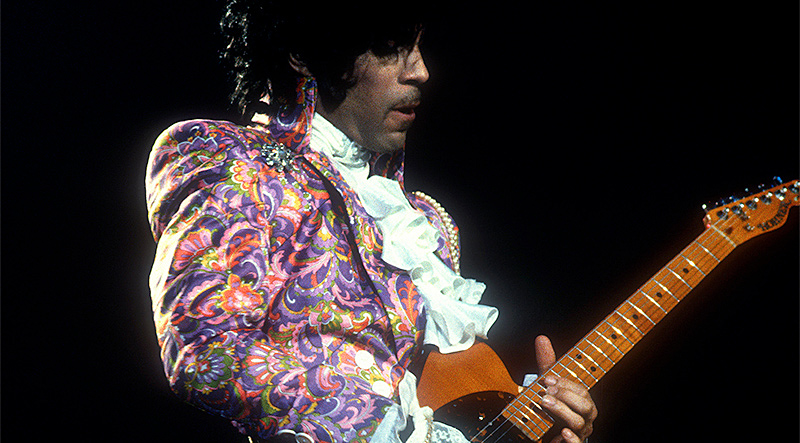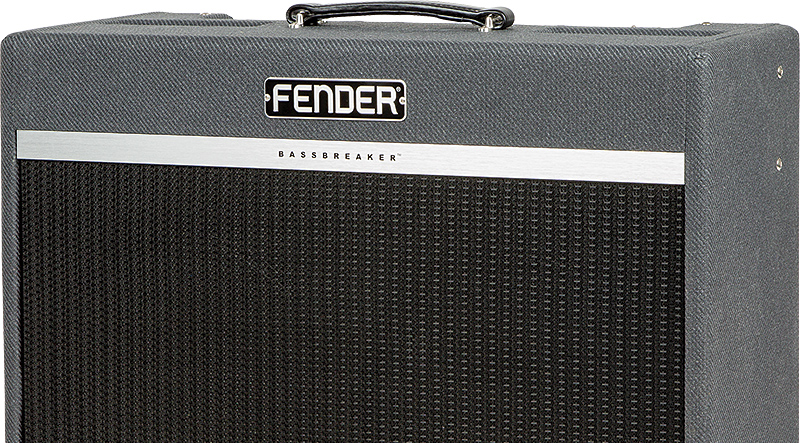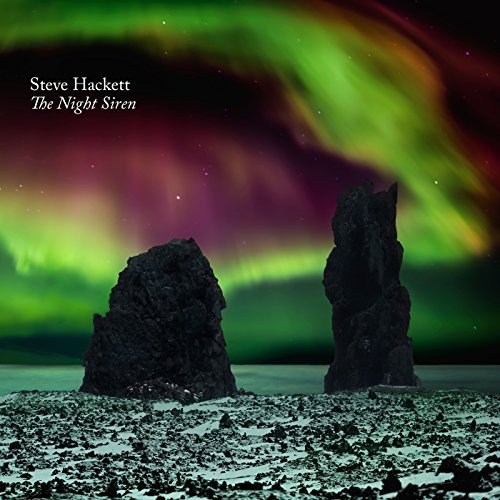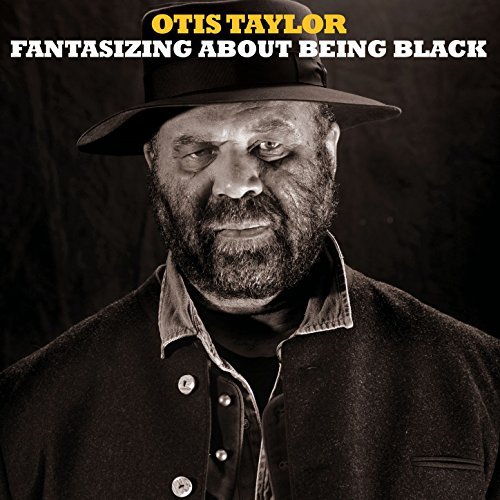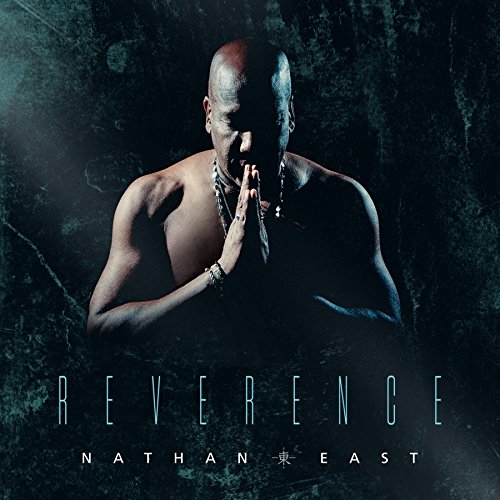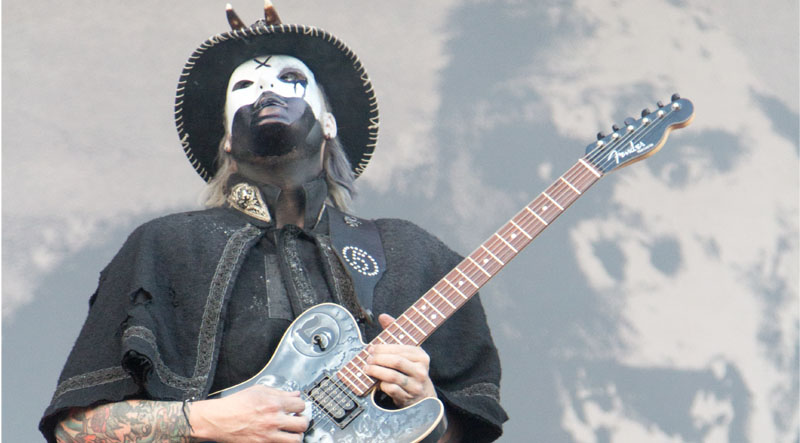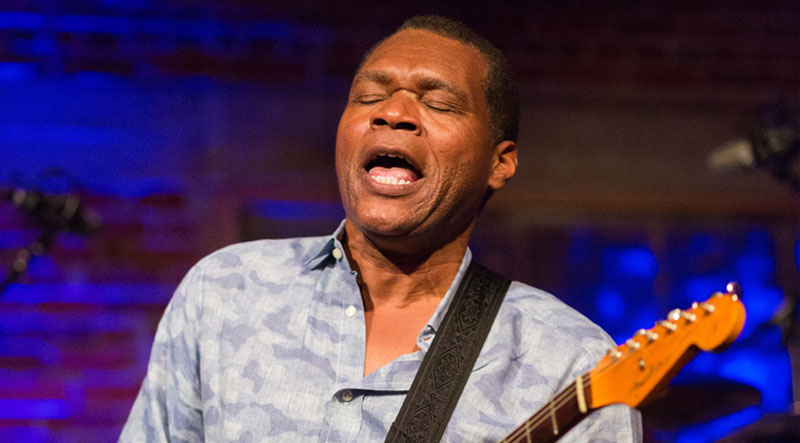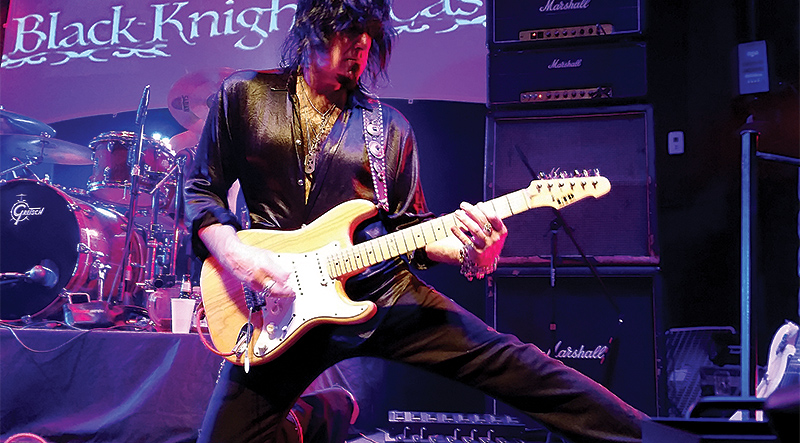-
Oscar Jordan
Felix Martin
Sometimes six strings just ain’t enough. Venezuelan Berklee alum Felix Martin uses 14 and sometimes 16 strings to explore the contrapuntal galaxy of progressive melody and rhythm. Sounding like a Chapman Stick player, Martin totes a real guitar – but with a lot more strings! A left-handed guitarist, he designs his own instruments to create…
-
Oscar Jordan
Gretchen Menn
Magnum Opus
Gretchen Menn stands alone. One might argue that she’s the female counterpart to Steve Morse. Both are aviators, both play ungodly guitar, and both are ersed in the European traditions of the Classical period. This was the era that spawned composers Haydn, Mozart, Beethoven, Salieri, and so on. Both Menn and Morse are also big…
-
Oscar Jordan
Prince
Rhapsody In Purple
A year after his death, VG remembers Prince, a musical revolutionary, whose emergence was jarring, even for the most youthful and open-minded. Supremely talented on several instruments, guitar was an early and obvious love.
-
Oscar Jordan
Fender Bassbreaker 45 Combo
Hybrid Love Child
Fender’s new nine-product Bassbreaker series combines popular traditional amplifiers with modern technology. Classic tones and flexibility are the name of the game, which means a plethora of wattages and sizes providing the kinds of tonal succulence guitarists have come to know and love. The Bassbreaker 45 Combo is the series flagship, and it has a…
-
Oscar Jordan
Steve Hackett
Former Genesis guitarist Steve Hackett’s new album brings together musicians from all over the world in the spirit of unity, multiculturalism, and diversity. The project joins singers from Palestine and Israel, along with the sounds of Iraq, India, Peru, and the U.S. Hackett’s eclecticism – and his belief that the world needs to come together…
-
Oscar Jordan
Otis Taylor
Otis Taylor has no concern for your discomfort with racial issues. It’s an artist’s duty to reflect the times, and there’s plenty to reflect upon. He skips the antiquated blues coding about devils and mojos, and looks you in the eye with the truth. Taylor’s latest is a recording about the varying levels of racism…
-
Oscar Jordan
Nathan East
Nathan East’s phone hasn’t stopped ringing in 40 years. Offered gigs with Quincy Jones, Eric Clapton, Michael Jackson, Beyoncé, and Daft Punk, he’s crisscrossed genres from pop to jazz. His smooth yet percolating bass lines have underpinned a generation of music. As a founding member of Foreplay, he has an indelible foot print within contemporary…
-
Oscar Jordan
John 5 and the Creatures
The Horror
Making good music requires a stimulating muse or inspiration. For some it’s love, happiness, loss, or regret. For guitarist John 5 inspiration comes in the form of interests that have occupied many a childhood: Horror comics, monster movies, and heavy metal. These influences along with virtuoso shred guitar, the television show “Hee-Haw,” and solid composing…
-
Oscar Jordan
Robert Cray
Sweet Soul Music
Robert Cray’s new album with producer-drummer Steve Jordan and the Hi Rhythm section is a no-brainer slam-dunk – and a brilliant collaboration. Together with Cray’s indelible hybrid of R&B, blues, and soul-drenched vocals and Jordan’s historic knowledge of “The pocket,” it just works. And it begs the question, “What took them so long?” Recorded at…
-
Oscar Jordan
Joe Stump
… And the Holy Trinity of Euro-Metal Guitar
Metal virtuoso Joe Stump believes Ritchie Blackmore, Uli Jon Roth, and Michael Schenker form the holy trinity of European metal guitar. And he should know. Not only has he built a long career creating incendiary music, he’s a Professor at The Berklee College of Music. His latest album, The Dark Lord Rises, is a heartfelt…

